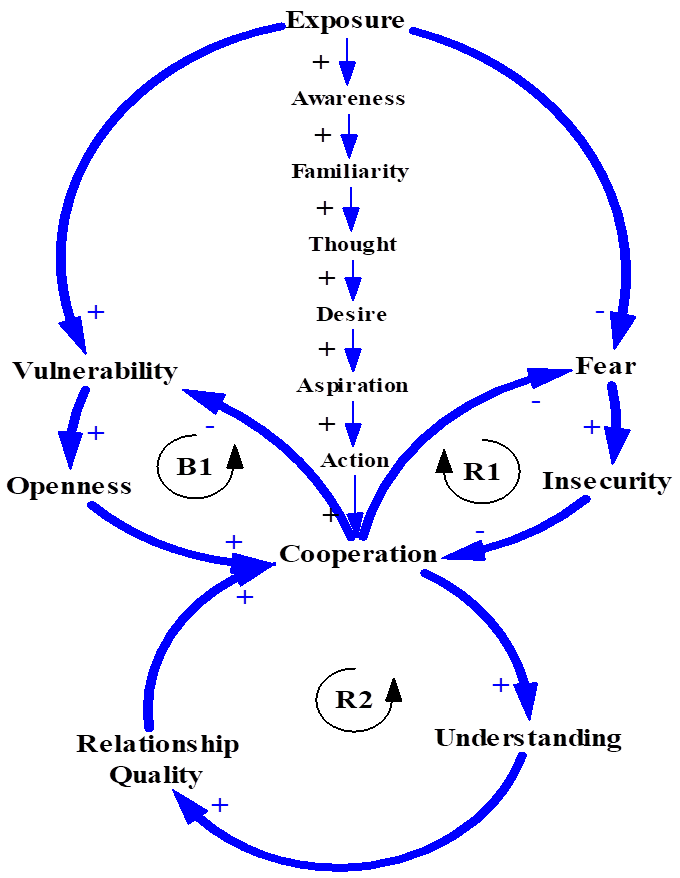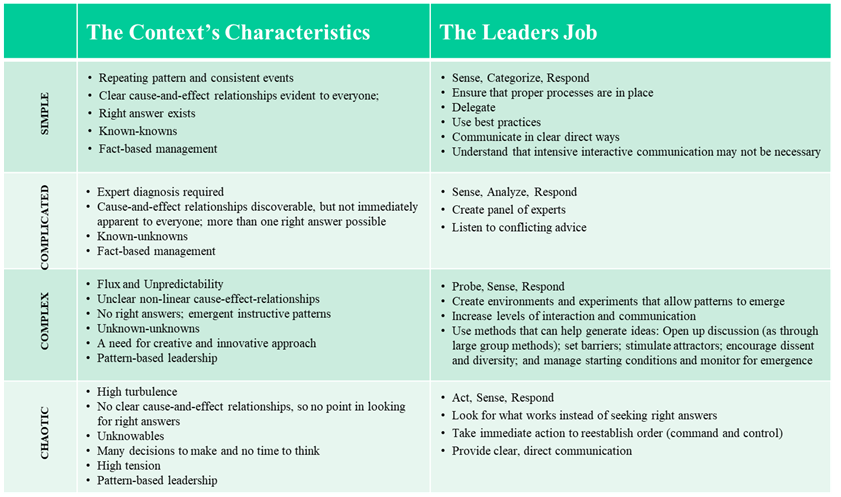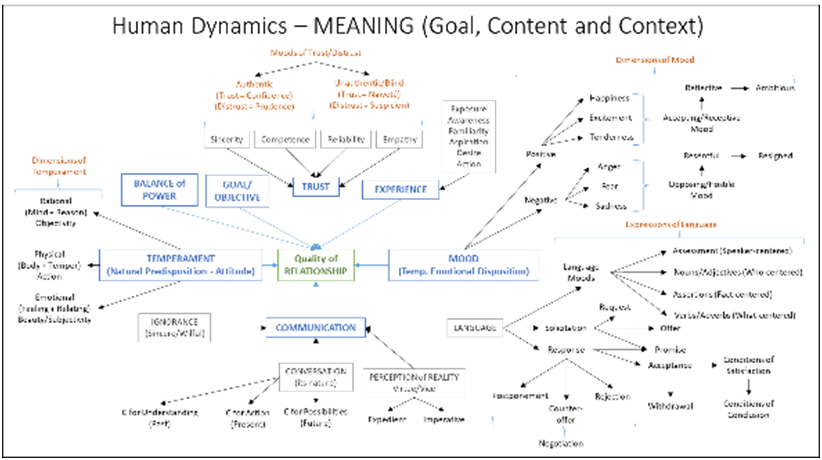Managing changes
A. Change
Changing is at the foundation and center of all reality. It is the only constant in life. The main objective of all leadership activities is to influence people and bring about change. Unfortunately, people by their nature, dislike authority and hate change. They will therefore do all they can to resist being influenced or changing their current condition - whether comfortable or uncomfortable. The purpose of change may be to create a
The purpose of this section is to develop in the leader the ability to change attitudes and behaviors that are a barrier to the leader’s decisions and consequent outcomes. The learning objectives of the section include an understanding of the following:
-
Know what change is and understanding its manifestations
-
Ability to identify resistance factors or barriers to change
-
Ability to identify and match strategies to each reason for resistance
-
Know when to apply each strategy and the advantages and drawbacks of each strategy


B. Leadership
The purpose of this module is to familiarize participants with the dimensions of leadership and the qualities required to be leader – who a leader is, what it means and takes to be a successful leader. Here, we are going to focus on the “Trait Theory of Leadership”; qualities that a leader should possess regardless of the domain or context of leadership (home, organization, school, nation, kingdom, etc.).
The main learning objective of this section is to develop in the course participant:
-
Knowledge of who a leader truly is, through his/her powers and not who he/she ought to be through his/her authority.
-
Ability to Inspire – based on the leader’s vision (the ability to imagine what others cannot) and charisma (the ability to communicate his vision to others)
-
Ability to Guide – based on his/her character

C. Decision Making
Leaders lead by making decisions that bring about change in the domain of influence. These decisions influence their followers and the destiny of the communities in which they all live. Such decisions can lead to positive or negative changes. As a result, the process of change creates stress, anxiety and resistance. It is therefore important for leaders to understand the different contexts for decision making and how to make the right decision in each context to either bring about or prevent change.
The purpose of this module is to familiarize participants with the concept of change and the contexts for change. The learning objective of the section is for the course participants to develop the capacity to understand change and identify different types of decision making contexts in which change takes place – simple, complicated, complex, and chaotic – and the kind of decisions to make in each context.
-
Decisions and Actions kill or give life to organization
-
Intervention – decisions and actions must be marked by timing and sense of proportion
-
Decisions and actions determine the quality of performance

D. Relationships
Change results in the creation of new relationships or the enhancement or deterioration of existing relationships. In other to overcome barriers and resistance to change, leaders need to build relationships in and outside their domain of influence. They need to understand how to work with people under their domain of influence. They need to master the how communicate their vision effectively by using the appropriate language at the appropriate time. (Based on the perception and actualization of value).
The purpose of this section is to develop the participants’ capacity in building resilient relationships for achieving the goals of overcoming resistance and bringing about purposeful change. The learning objectives of the section include knowledge of the following:
-
Interpersonal relations based on Justice and Social relations based on Tradition, Affection, Shared Purpose and Self-interest
-
Human Nature – Temperament and Mood
-
Trust, Balance of Power, Human Experience
-
Communication – perception, conversation and language

